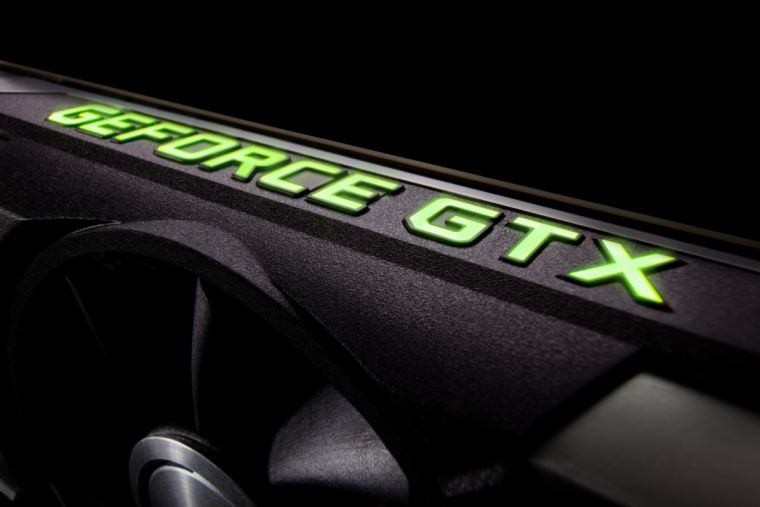NVIDIA news: GPU company looking to end 32-bit OS support

"Out with the old, in with the new" is being taken gravely by graphics processing unit (GPU) manufacturer NVIDIA, as the graphics card company is now preparing to end support for 32-bit operating systems (OS) and programs.
NVIDIA has announced that its latest drivers for the GeForce GPU models, version 390, will be the last to include support for 32-bit OS, particularly Microsoft Windows. This means that hapless users stuck with a 32-bit Microsoft Windows OS will either have to refrain from downloading any subsequent drivers for their GPUs or be forced to upgrade to a 64-bit OS.
This might not be too big of a problem to people who have bought their Windows OS computers in the past two or four years, but Engadget has reported that there are still users who own legacy systems for their organizations and businesses. The website suggests that there may be some programs which can only run on 16-bit or 32-bit OS and might not work in 64-bit.
Still, the forced upgrade to 64-bit is not as bad as it is tedious since that version of the OS comes with upgraded and modern security features, which are definitely harder to exploit compared to older versions. One example of this was the recent ransomware crisis in the United Kingdom where a virus penetrated the digital systems of a hospital demanding payment in exchange for the facilities' hostaged digital information.
The said virus exploited the hospital's old 32-bit operating system, which made it easier for the hackers to infiltrate and introduce the ransomware.
One important thing to note, however, is that this will only affect computer owners who have NVIDIA GeForce GTX graphics cards, which can be easily seen on the specifications of their computers. Those who use Advanced Micro Devices (AMD) or Intel GPUs are still safe from the obsolescence of 32-bit, though it is advised to upgrade to 64-bit for security and performance reasons.
To check whether the computer has a 32-bit or 64-bit OS Windows users can follow this guide from Microsoft.











